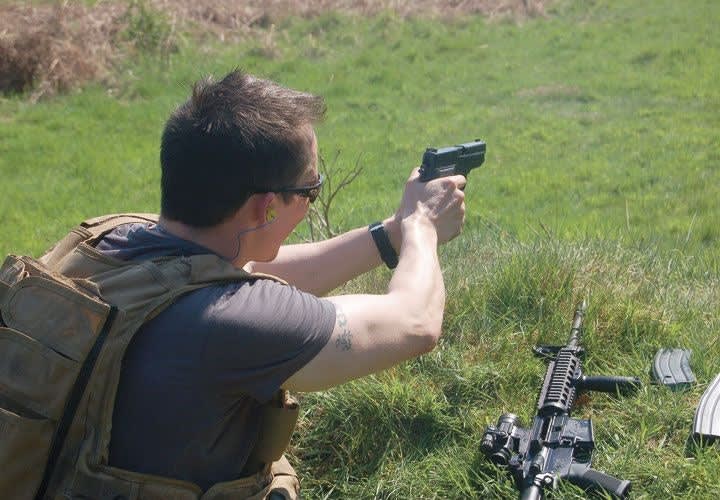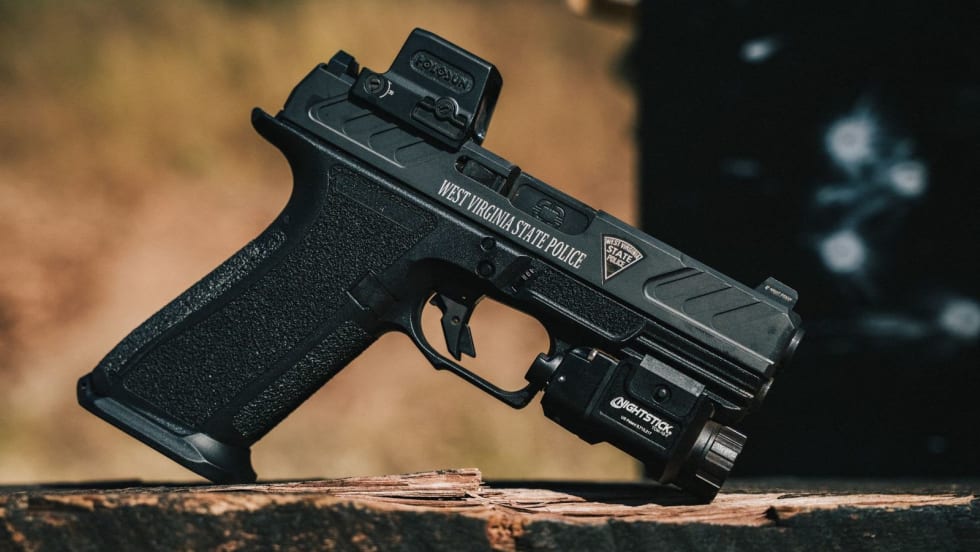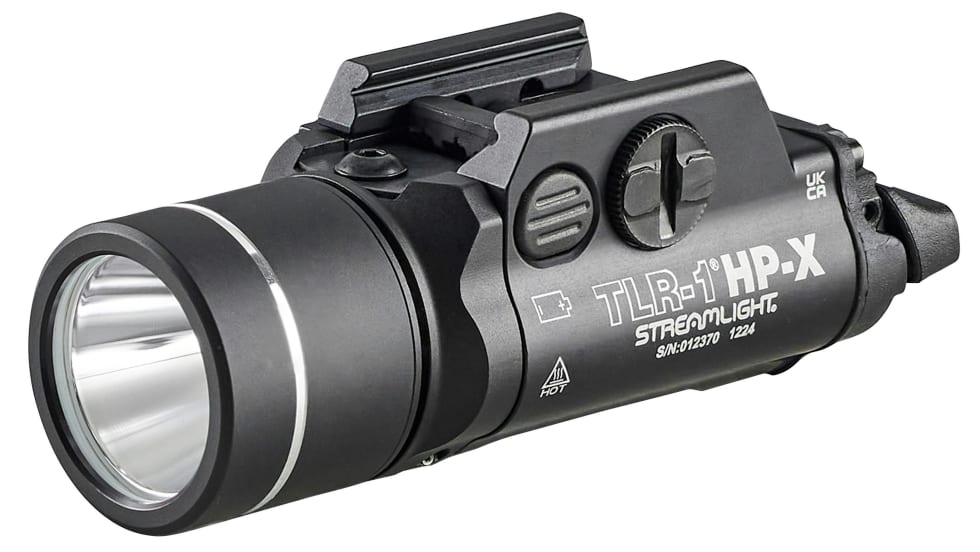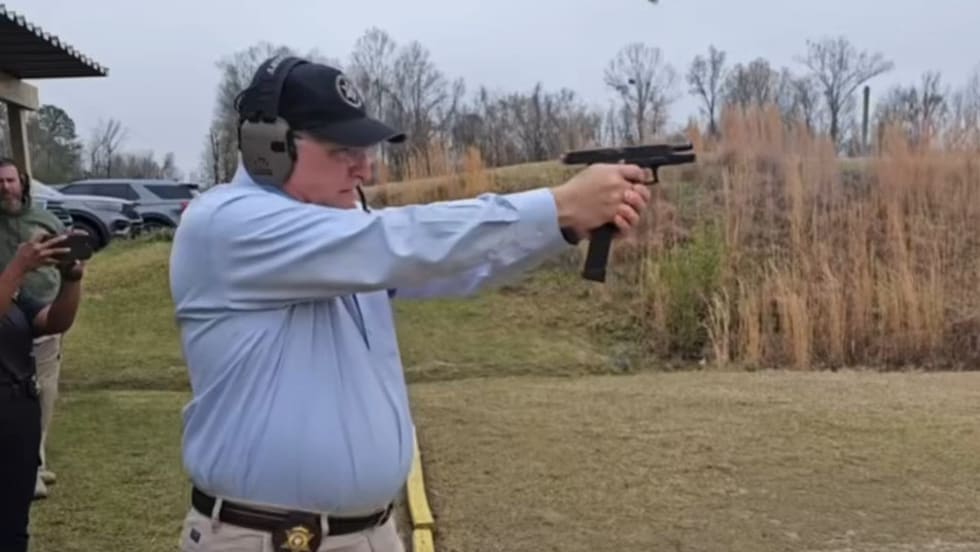By doing so that lieutenant managed to keep a valuable asset employed in his police department. This solution is much better than seeing a good cop get forced out because he or she is unable to shoot a big pistol in .40 S&W caliber with enough precision to maintain minimum state standards.
Another example worth repeating involves the Cochise County Sheriff's Office (CCSO) in southern Arizona. According to Dep. Commander Ken Buckner, the department currently qualifies 95 commissioned gun-carrying personnel, including deputies and a smaller number of detention officers. Its sworn personnel qualify once a year on a daytime course and once a year on a nighttime firearms qualification course that is based on a passing score of 220 points out of a possible 250.
The CCSO averages about 10 qualification failures on the first attempt but usually all but two tend to qualify after some remedial training. The remaining two generally qualify by the third attempt. These are not bad stats when you consider that other law enforcement agencies have significantly higher percentages of sworn personnel who barely qualify or are unable to qualify.
It should also be noted that the CCSO makes its sworn personnel qualify with a minimum passing score of 220 points, even though Arizona P.O.S.T. standards require law enforcement officers to qualify with a passing score of 210. When you factor this into the equation, the percentage of poor shots in the CCSO is even smaller than other agencies.
The CCSO issues full size all steel Colt and Springfield Armory 1911s in .45 ACP, and I believe this is one of the reasons why its officers shoot so well. These pistols are very accurate and comfortable to shoot. I have also personally tested various Colt, Springfield Armory, Smith & Wesson, and Kimber 1911s in .45 ACP and found them to be flawlessly reliable, comfortable to shoot, and incredibly accurate. As you can guess, I am a big fan of the 1911 as a duty gun.










